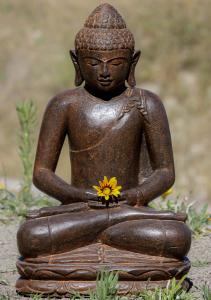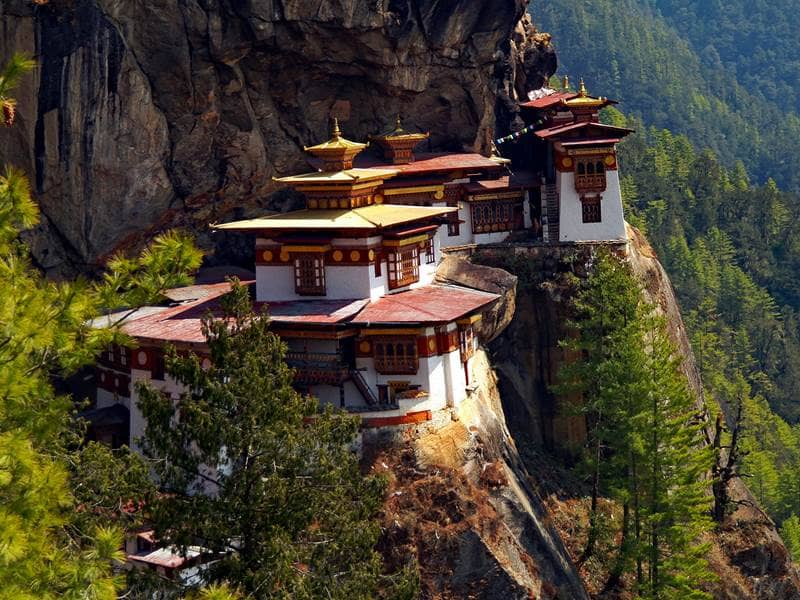
- Trending:
- Pope Leo Xiv
- |
- Israel
- |
- Trump
- |
- Social Justice
- |
- Peace
- |
- Love
The 100 Most Holy Places On Earth
Paro Taktsang

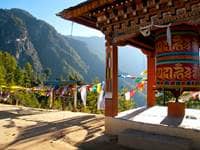
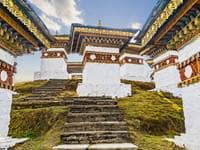
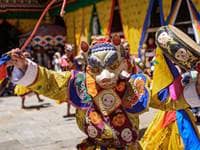
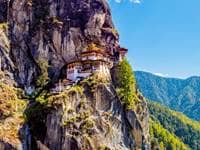
Also Known As:
Taktsang Palphug Monastery, Tiger’s Nest Monastery, Tiger’s Lair Monastery, Pora-tat-sanga Monastery
Associated Faiths:
Also frequented by Buddhists from other denominations as well
Accessibility:
Open to visitors, though very remoted and difficult to access. Guru Rinpoche’s cave is only open to the public once a year.
Approximately 200,000 visitors a year.
History
Tucked in the cliffs of the tiny Himalayan kingdom of Bhutan, the Paro Taktsang monastery is one of the most remote hermitages in the entire world. Difficult to access, one has to traverse pine trees and plants, flags and prayer wheels, and even the stalls of those peddling their wares, in order to reach the monastery—perched on a ledge some 2,625 feet in the air. So high is the “Tiger’s Nest” or “Tiger’s Lair Monastery,” as it is often called, one source said that (once you reach it) you “seem closer to the heavens than you are to the earth.”
Scattered along the trail to the monastery are small temples, and clay stupa-shaped erns containing the cremated remains of various Buddhists. The monastery’s complex includes four main temples and some residential housing—all of which are interconnected. There are also eight caves, four of which are reasonably accessible and filled with various images of Buddhist Bodhisattvas and deities. There are other structures as well within the complex, but the aforementioned are the most important ones.
The site of the monastery commemorates the 8th century CE arrival of Buddhism in Bhutan—at the hands of Padmasambhava (also known as Guru Rinpoche). The monastery was constructed around a cave where the Guru supposedly meditated (after arriving from Tibet). Because of his establishment of Buddhism in Bhutan, Padmasambhava is a revered figure in the country, and is seen as the “protector saint” of the nation. In April of 1998, the main building of the monastery caught fire, killing a monk and damaging valuable artifacts, statues, and other forms of art housed therein. The resulting restoration work done on Taktsang cost an estimated 1.6 million dollars. Completed in 2005, the monastery is once again open to visitors who are willing to make the arduous trek to the remote location.
Religious Significance
According to tradition, sometime in the 8th century CE, Padmasambhava (also known as Guru Rinpoche) flew to the location of this monastery on the back of a female tiger. (In some versions of the legend, the tiger was actually a disciple of Rinpoche and a former wife of the emperor, who transformed herself into a tigress in order to help Padmasambhava achieve his appointed spiritual mission). After a prolonged period of meditation (in a cave on the cliff), he overcame demons who sought to obstruct his work, and then entered the valley to convert the people to Buddhism. As a consequence, this site—which marks the introduction of Buddhism into the country—is said to be the “holiest site in all of Bhutan.”
Just as Guru Rinpoche made a trek there to overcome the maya or illusions of demons, and to gain the status of enlightenment, today, monks, yogis, and would-be saints similarly make their way to the nearly inaccessible Tiger’s Lair, to seek enlightenment. Some staying for as long as seven years—in the hopes of achieving “awakened” status. The imprint of Guru Rinpoche’s body is said to exist on the wall of a cave near Kurje Lhakhang, so not at the actual site of the monastery. However, his footprint on a “sacred rock” are on display at the actual site of Paro Taktsang. These “relics” make the site and its surrounding locations attractive to Vajrayana and Mahayana Buddhists alike.
More importantly, Rinpoche died in Nepal, rather than at the Taktsang monastery. However, tradition says that (after his death) his body miraculously returned to the holy site, where it is believed to be sealed in a stupa (or chorten) in the monastery. Thus, with his elevated status as the nation’s “protector saint,” a pilgrimage to his grave is not all that uncommon for those who are part of his sect of devotees. Another attraction at the site of the monastery is the “lucky rock.” According to the lore, if you close your eyes and then place your thumb in the hole (that has been bored into its center), your wish will be granted. While the rock has nothing to do with Buddhism, and is more of an attraction to tourists than it is to practitioners, it is nevertheless part of the charm of the site. There is a great deal of lore surrounding the figure of Padmasambhava—tradition which then sacralizes the Palphug Monastery.
The folklore has him coming to earth at eight different times and in eight different forms or identities. Some Buddhists in Bhutan reverence him as an enlightened being, some as a bodhisattva, and some as the equivalent of a god. As a consequence, contingent upon one’s perception, the monastery will have different draws to different people. At the very least, it is a consistent place of pilgrimage for those seeking to achieve buddha status.


